CCTV News (News Broadcast): On the Northwest Loess Plateau, there is a rose super factory with flowers blooming in all seasons. This is the characteristic industry for the people who have been lifted out of poverty. How do flowers bloom on the Loess Plateau? Let’s see the reporter’s research.
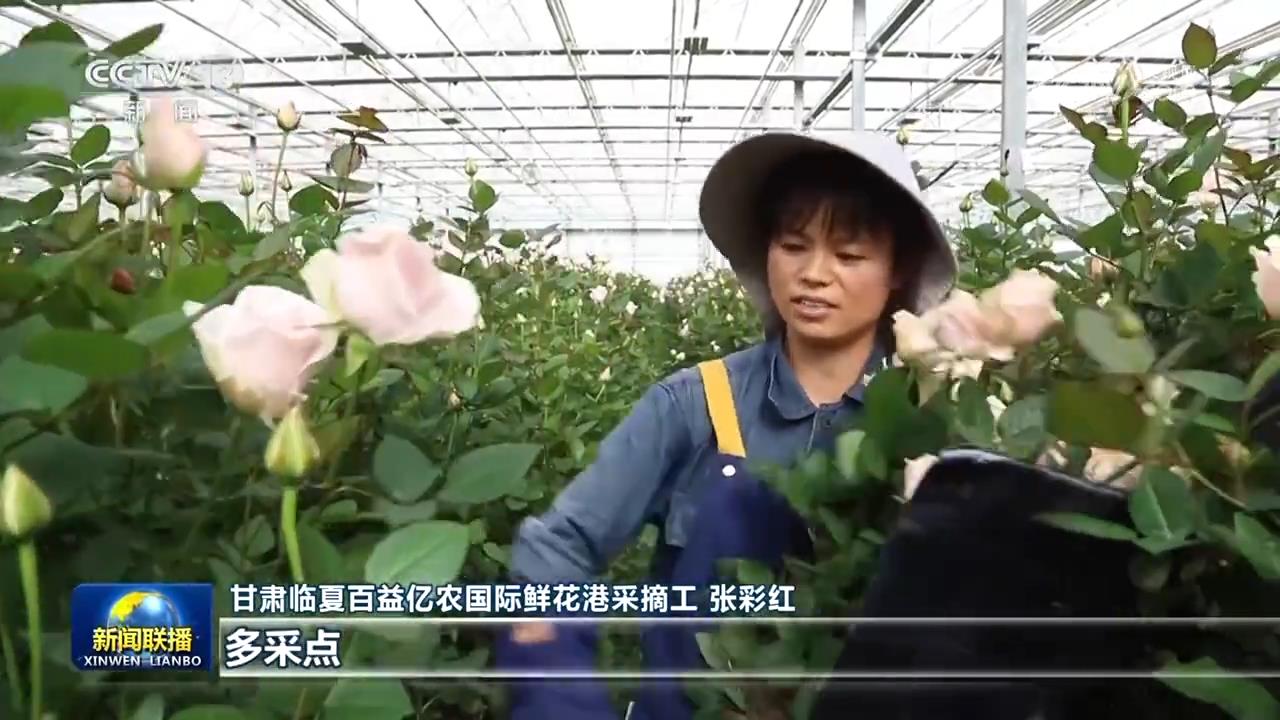
Early in the morning, the reporter came to Linxia Baiyi Nong International Flower Port. The strong fragrance of flowers came to the nose, and the workers were busy cutting the flower branches.
In this rose factory covering an area of nearly 350 acres, 200,000 fresh cut flowers are transported to all parts of the country and countries jointly built the "Belt and Road" initiative every day.
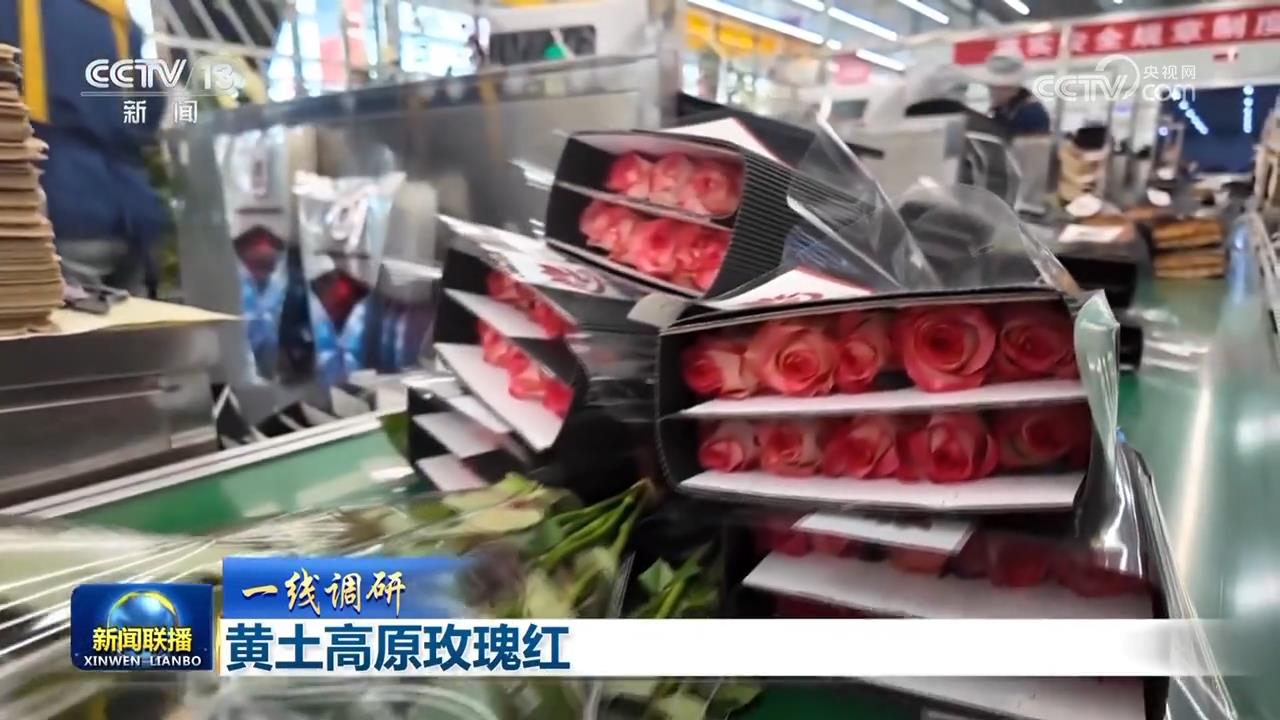
Linxia Prefecture was once a deeply impoverished area. After getting rid of poverty, in order to give the people a stable industrial way to get rich and increase their income, they planned to plant roses on the Loess Plateau. This idea sounds a bit abrupt at first, but it is the result of a detailed investigation. Rose has high output value, strong adaptability, and likes sunshine. Linxia has high altitude, strong light and few pests and diseases, which are all suitable for rose growth. However, there are advantages and shortcomings. Linxia's climate is too drought and the winter is cold. So they sought technological empowerment and built greenhouse super factory to accurately control rose growth.
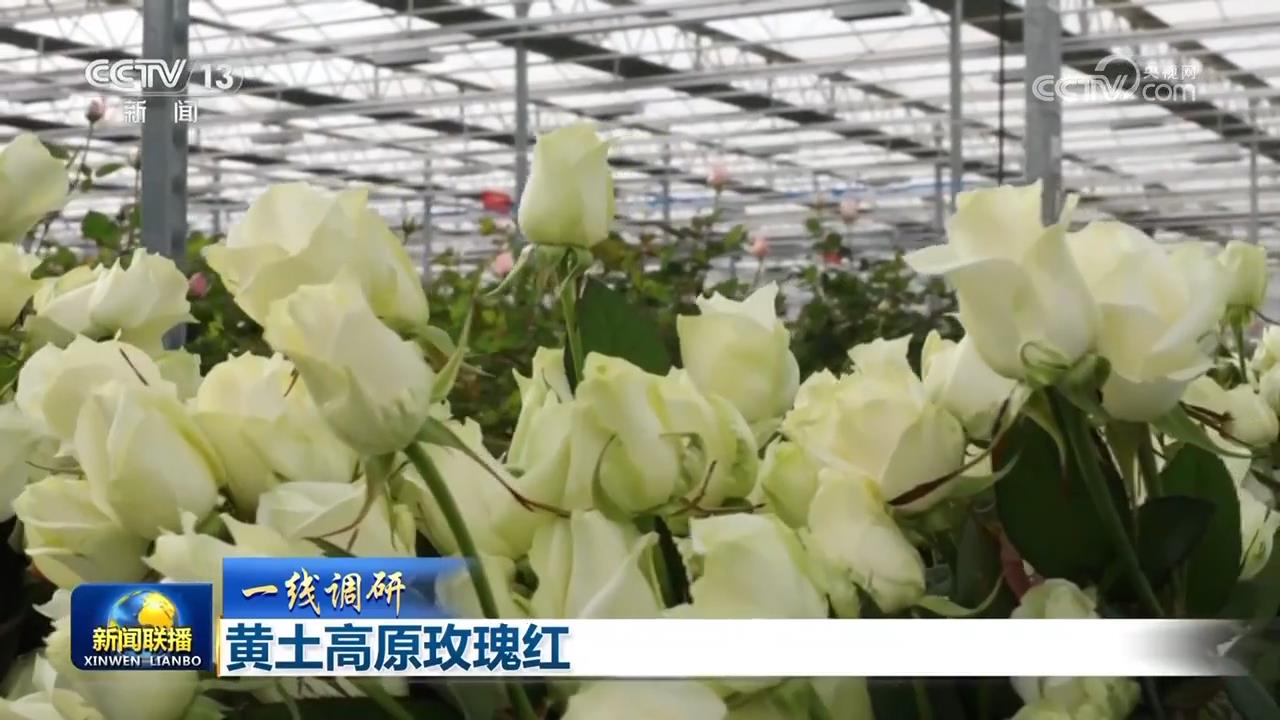
The reporter saw that rows of roses were planted in mixed nutrients, and the sensors above the greenhouses would collect information such as light, humidity and other information in real time. The backend workshop can accurately match water and fertilizer based on big data, and then perform automatic drip irrigation.
Empowered by technology, the roses here grow fast and the bottle insertion period is long. More than 70 million fresh cut flowers can be produced all year round.
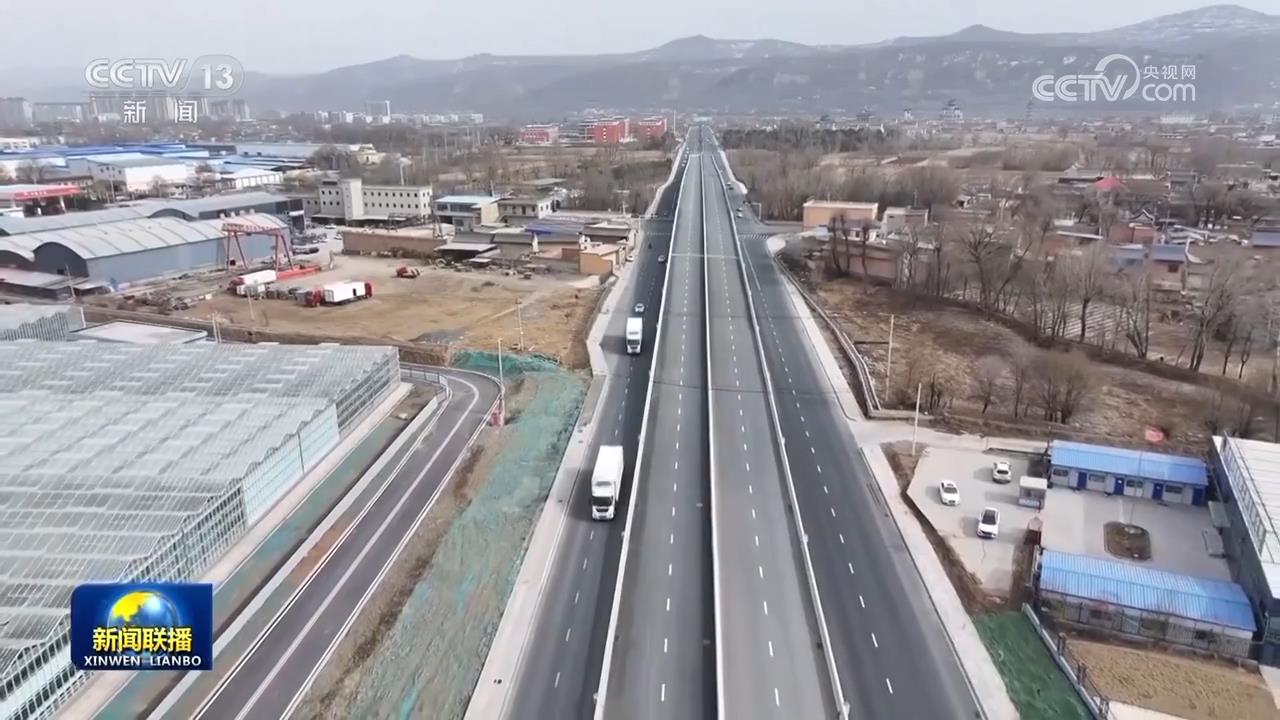
At the same time, a 2,000-square-meter cold storage was built in the local area, so that fresh cut branches can be pre-cooled and kept fresh in a vacuum; relying on the constantly improved infrastructure such as rural roads and cold chain logistics, the flower distribution system is also smoother.
The rose red on the Loess Plateau has created more opportunities for fellow villagers to find jobs at their doorstep. Wang Caixia and her husband worked outside all year round. After the construction of Flower Port, the couple and other villagers who went out to work returned to their hometowns.
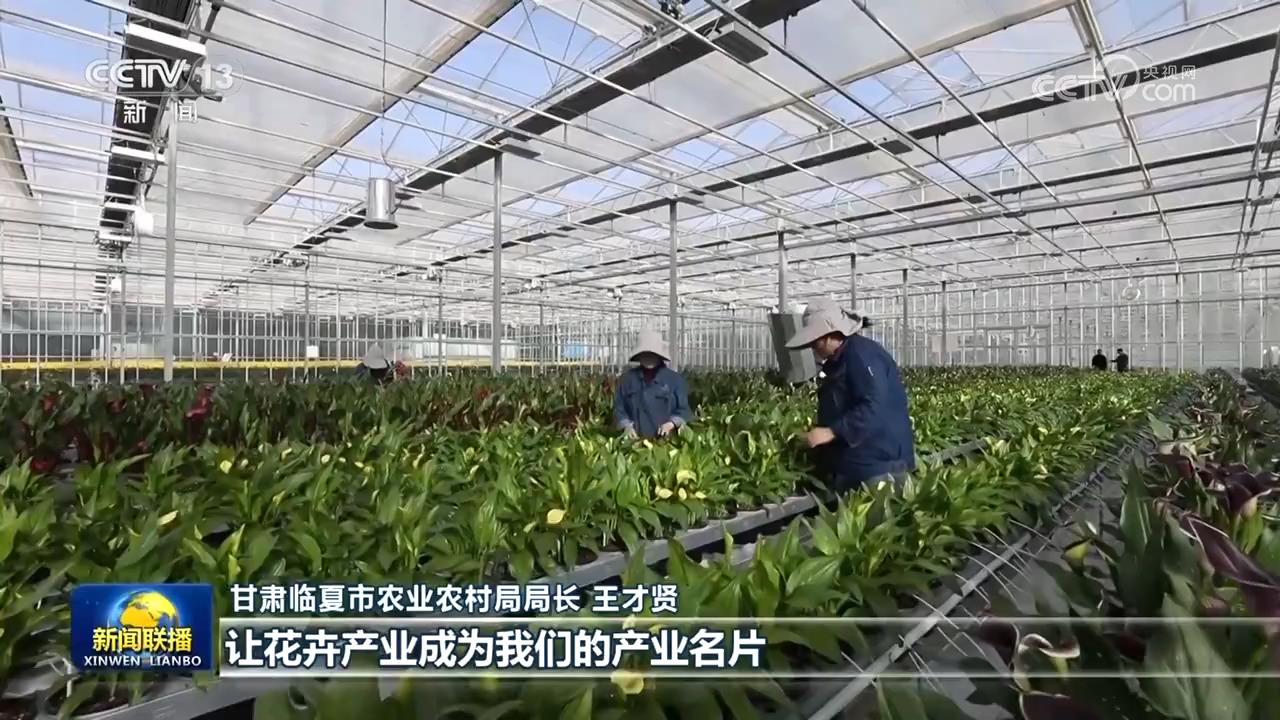
At present, Linxia Prefecture has formed a full industrial chain of "flower economy" for planting, picking, transportation and sales, driving employment of more than 4,000 people, with an annual output value of nearly 200 million yuan.